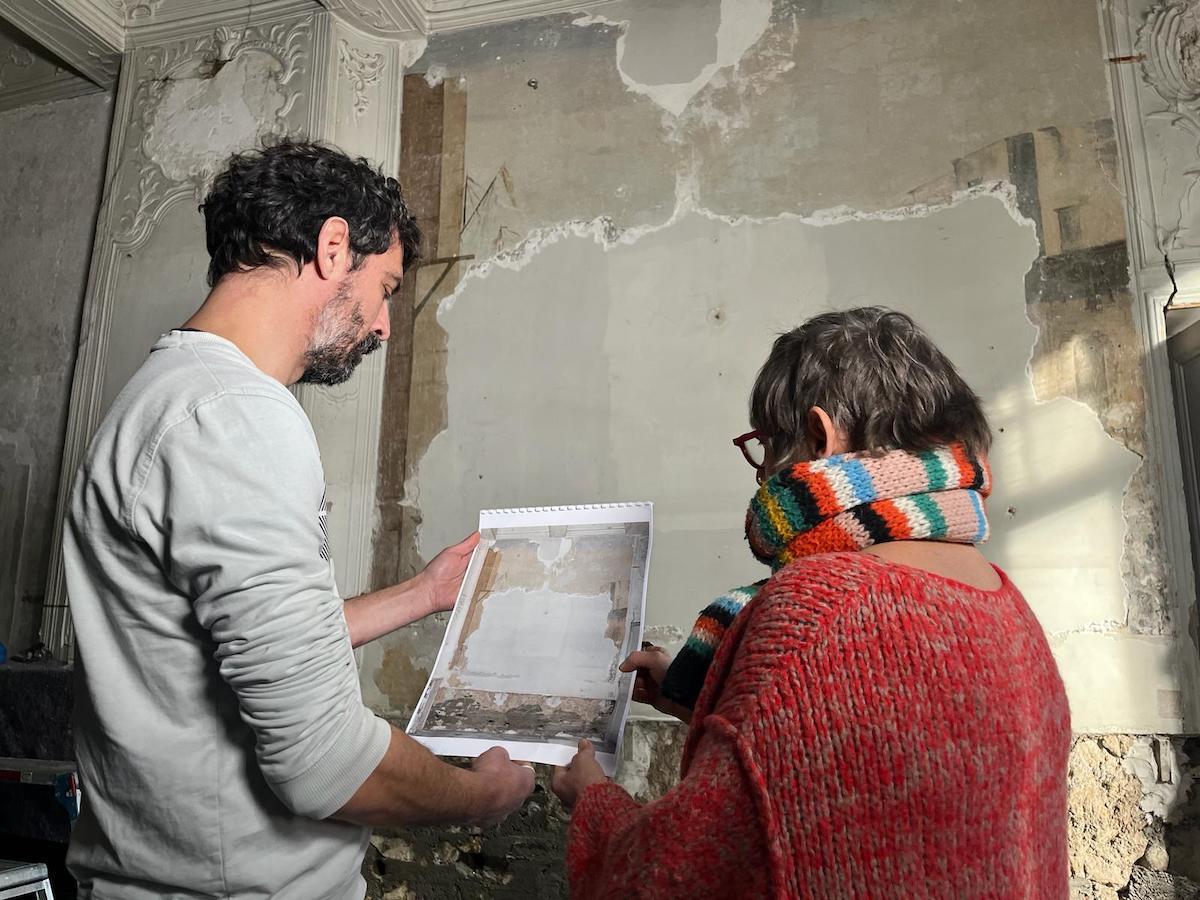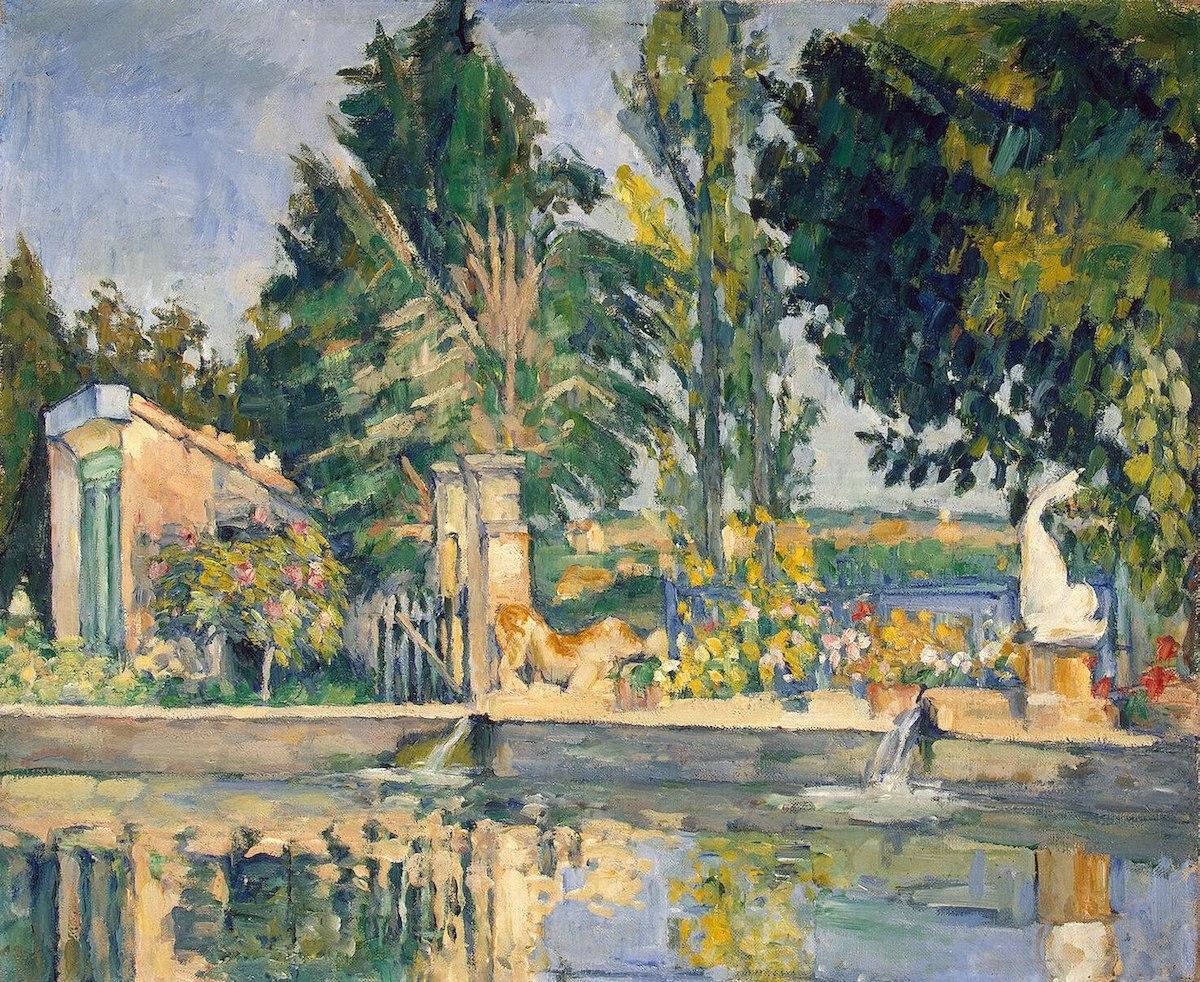Joissain's announcement, posted to Facebook, recounts that they were undergoing renovations of the “Grand Salon” room in the house when they discovered some “hidden, unknown, treasures of the painter.” Though they need to do more scans and figure out exactly what lies behind the wall, Joissains already reported that they found a painting of a sky, a boat mast, and the entrance to a port. It’s believed that this work was painted during his youth.
There were nine other previously uncovered murals found in the home that were transferred to canvas before the sale of the home in 1899 and now reside in museums including the Musée d'Orsay in Paris and the Chrysler Museum of Art. While those murals are included in John Rewald's 1996 catalogue raisonné of the artist, this one is not. However, it will be included in an updated online version of the catalogue.
Aix-en-Provence is filled with landmarks associated with Cézanne. Beyond the Bouffan mansion, there is the artist's studio on Lauves’ hill, complete with his furniture and tools. Cézanne worked here from 1902 to his death in 1906. In addition, the city boasts the Carrières de Bibémus, a quarry that functioned until the 18th century that was used for Aix monuments and is generally known as the birthplace of Cubism. Not far from Cézanne's home and studio, the quarry was painted by the artist many times, often in Cubistic motifs of rock, vegetation, and sky.
The 2025 celebration will not only include the restoration of the Bouffan manor and the new mural, but it will also bring together many of Cézanne’s most beloved works, including one of the five paintings in his renowned late-in-life series, The Card Players.
“With this unexpected discovery, Cézanne didn't stop moving us, either. And Aix-en-Provence to write the history of his affiliation with the painter," wrote Joissain. "He is the emblem and ambassador of our City.”






























